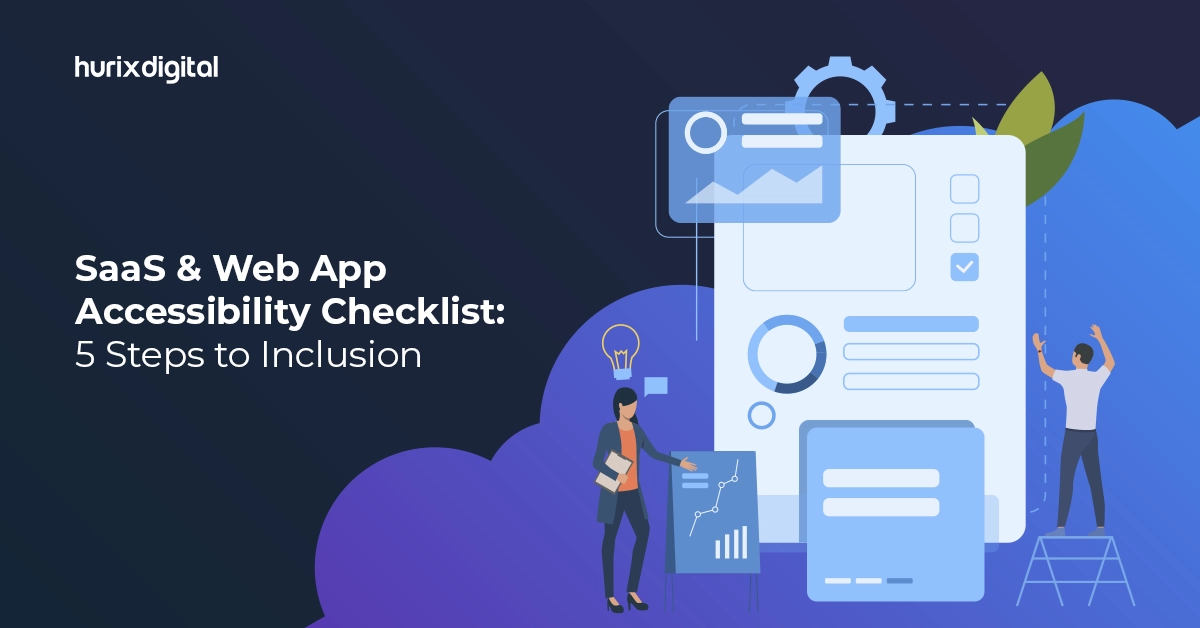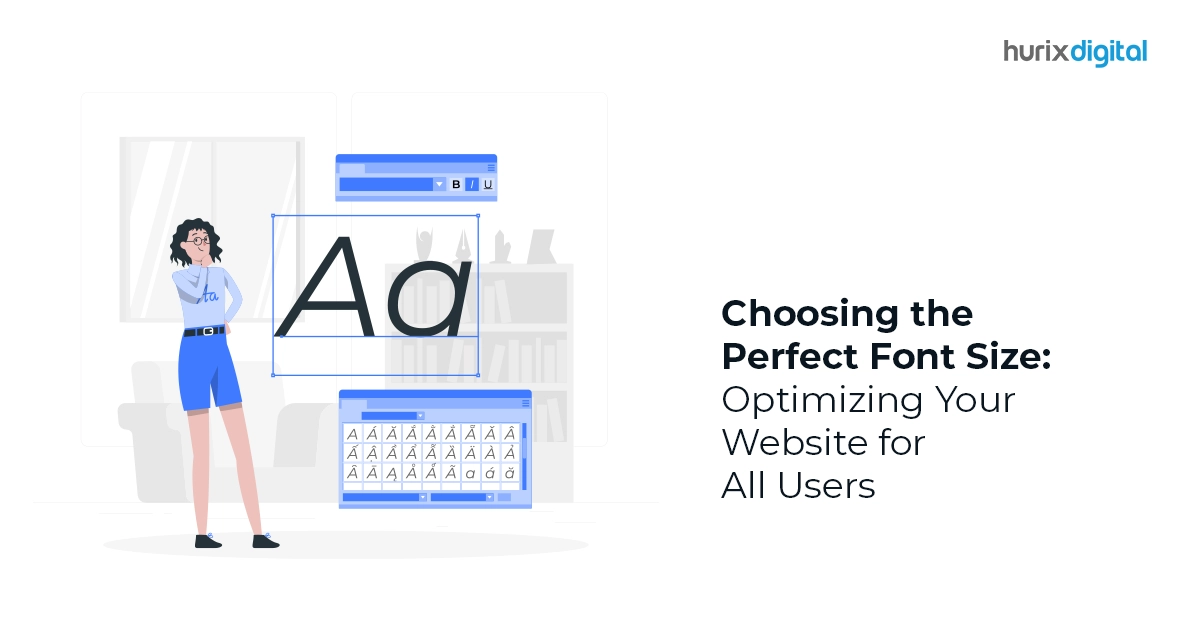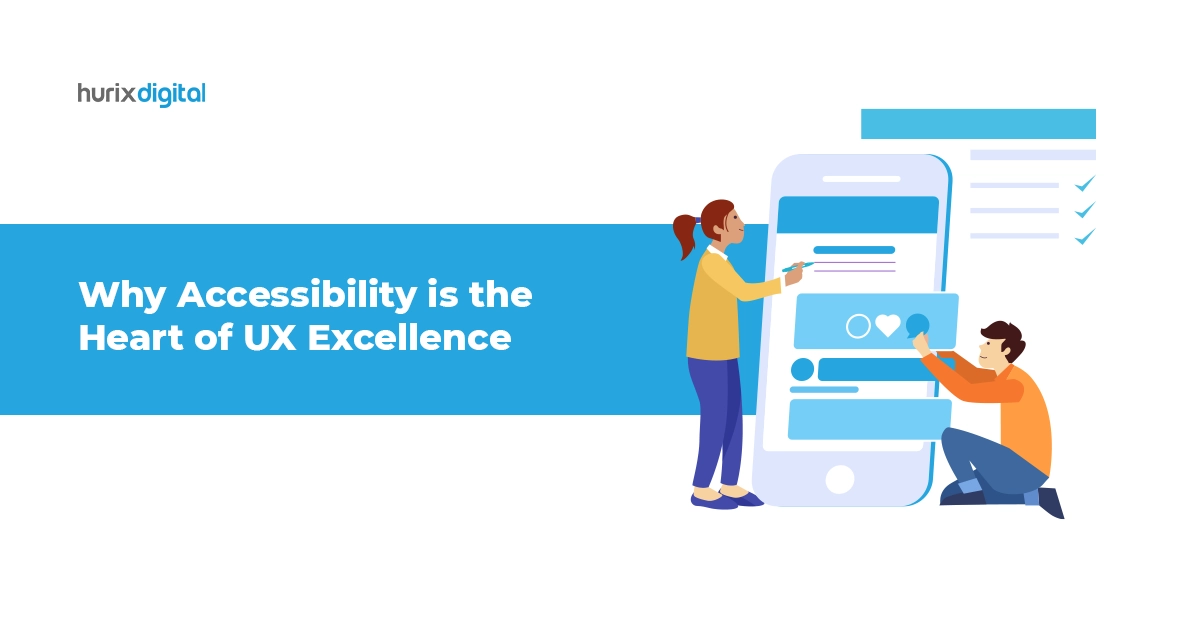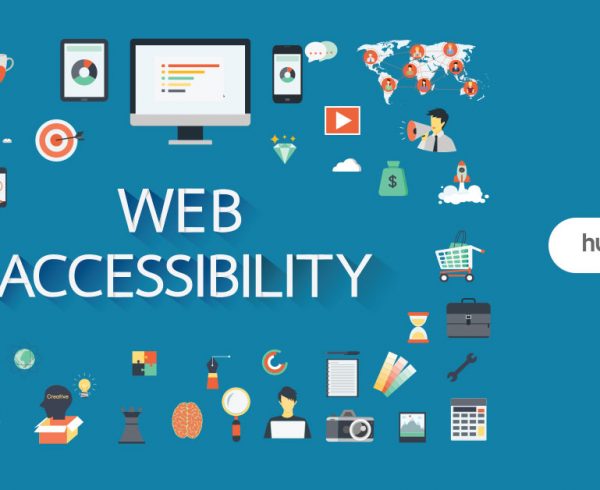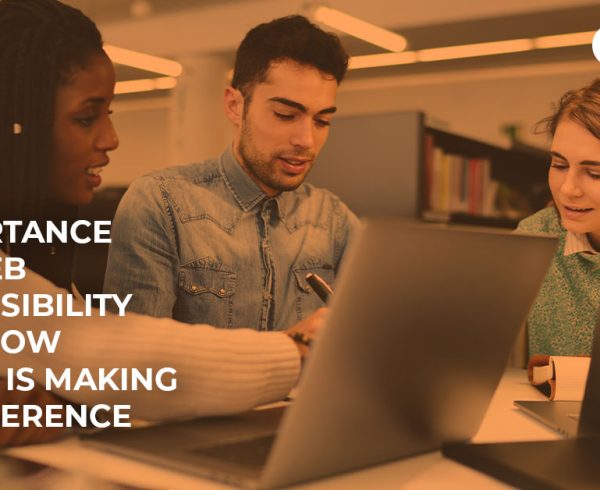What is accessibility?
Simply put, accessibility is a means to ensure that digital content is inclusive and accessible to all people, with or without disabilities. Accessibility ensures that people, especially those with disabilities have the same opportunity to acquire, engage and interact with information as people without disabilities. The Americans with Disabilities Act mandates all organizations and institutions to make reasonable accommodations to ensure that people with disabilities can fully, equally, and independently access content as people without disabilities.
Publishers today can find web-accessible eBook development services and leverage digital technologies to design and develop accessible eBooks and other instructional content to ensure equal access to information for people with disabilities. There are various ways to make content accessible. For instance, adding assistive technologies is a means to empower students with dyslexia and limited abilities to view and hear the word at the same time. Similarly, adding screen reader technology will enable access to the blind. Simple strategies can make the online content ADA-compliant and thus, be accessible to all.
How to make accessible content?
Accessible content offers maximum flexibility in terms of user experience for all readers and can be manipulated by people with or without disabilities. For any e-content to be accessible, it should include the following four aspects:
Structurally-tagged content: Adding proper structure to content helps resolve many accessibility and usability issues. Easy navigation using built-in tools in Adobe Reader, Digital Accessible Information Systems (DAISY) players, and screen readers can reduce search time, eye strain, and repetitive strain injury (RSI), and ensure an easier overview of the content. It also enables a greater level of interpretation for the reader, helping to clarify the relationships between key concepts.
Text-to-speech capability: Adding text-to-speech is a means to empower visually impaired users. To add text to speech, the text is tagged with structural and semantic markup and then clear navigation is added to the document. Screen reader tools then read the tagged content and provide audio navigation.
Adding alternative text descriptions: These descriptions can explain images and illustrations to the readers. The key points of graphs, diagrams, and images are added as ALT Text descriptions and benefit all types of readers – both with and without disabilities.
Font size, color, and style: These have a huge impact on the reading experience. The readers should be able to adjust the font size of the content for easy readability. Styles such as simple sans serif or typeface are specially designed for readers with visual impairment. These styles heighten the contrast between type and page and make reading comfortable for people with problems like age-related macular degeneration or dyslexia.
Download Case Study: Hurix Delivers Content that Meets WCAG & Accessibility Standards
The business benefits of accessibility for publishers
Listed below are some of the benefits of accessibility:
1. Avoid discrimination
With the Internet and digital technologies becoming an integral part of our daily lives, it becomes important to ensure that people with disabilities can enjoy equal access to information and the associated opportunities. The Americans with Disabilities Act (ADA) makes it mandatory for places of public accommodation such as restaurants, movie theaters, and schools to provide equal access to people with disabilities. While the ADA does not specifically mention web accessibility, the legislation is interpreted to extend to the online arena. In fact, web accessibility is now an accepted feature across the world as a means to avoid discrimination and provide access to information to all. With accessibility, publishers can avoid discrimination lawsuits and at the same time accommodate people with disabilities.
2. Reach a wider audience
With accessible content, publishers can reach a wider audience including people with disabilities across geographies. Improving the accessibility of your books and documents makes greater business sense. While it is near impossible to cater to people with all disabilities, a few modifications, some thought to design, and the use of assistive technologies is all it takes to make your content accessible. Adding features such as transcripts and closed captions, support for mobile devices, and a clear, simple site design and navigation will benefit all readers and not just those with disabilities.
3. Build your brand
In this age of digital activism, people are willing to support companies with an ethical brand image. A survey by Accenture Strategy shows that customers prefer to make purchases from businesses that take a stand on various issues and are likely to walk away if they are disappointed with the company’s attitude and actions. Ensuring accessible content will help you lay a strong foundation for your brand and initiate interaction and engagement with people with disabilities who are more likely to recommend you to their family, friends, and acquaintances.
4. Improve your SEO
Accessibility doesn’t just increase your audience but also ensures that your content is properly indexed by Google, resulting in higher positioning in search results. Make your content semantic for both humans and machines. Search engine bots consume content in much the same way as people with disabilities who use assistive technology do. It allows Google to properly index your content, which leads to higher positioning in search results.
5. Future-proof your business
Countries across the globe are introducing new laws or changing existing laws to improve accessibility. By making your content accessible, you can future-proof your business against lawsuits and fines.
White paper:
WCAG – The Road to Making Businesses Accessible
In conclusion
As the world becomes more and more connected, it becomes imperative for publishers to ensure their content is accessible and inclusive, and thus, accessible to people with disabilities. While it is near-impossible to provide accessible website content for all disabilities, using simple methods and tools, publishers can greatly increase their reach amongst people with disabilities.
As a publisher, you can leverage the accessibility benefits and stand to reach a wider audience for your digital books. The benefits of web accessibility are only going to rise in the future, and you can build your brand as an ethical business committed to a larger social cause.
Need to know more about our Products & Services? Drop us a note at marketing@hurix.com



